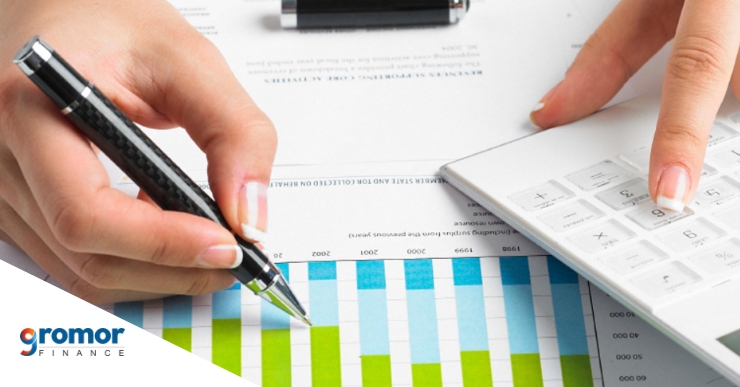The government has issued a circular which says about a 20% limit on Input Tax Credit. The limit is mostly eligible for credit/debit notes by suppliers when there the details do not match. This can have a negative impact on your cash flow.
What is Input Tax credit?
It is the balance of taxes paid on inputs, from the taxes that are to be paid on output.
This means that at the time of paying tax on output, the tax paid on the inputs can be reduced and the balance amount has to be paid.
The new GST rules have restricted the reimbursement of input tax credit to only 20% of the total amount which is claimed in your GSTR 3B return.
Businesses will have to discuss with the vendors about uploading their invoices on a monthly basis to claim the entire input tax credit (ITC).
How Does Input Tax Credit help maintain positive cash flow?
- Ensure that your business maintains a monthly report and takes the required action to rectify any incorrect data when filing GST.
- Make sure all your suppliers can be trusted and they comply with the GST norms. Suppliers also need to declare all the outward supplies along with tax payment.
- When you file GST returns, it is necessary that you keep a track of the invoices. When invoicing is not taken care of, it leads to loss of ITC which can lead to the payment of excess tax.
- Follow up on invoices with late payment reminders between 30 to 60 days. Late penalties shave to be implemented on your invoices. Some discount codes can also be given to clients who pay early.
- If you have inventory which is of no use, then you can consider selling it to generate some quick cash.
- Keep some money aside for emergencies.
- Switch to mobile payments so you can get the payment faster.
If you require quick and unsecured loans for your business, you can contact Gromor Finance for loans at attractive interest rates!


